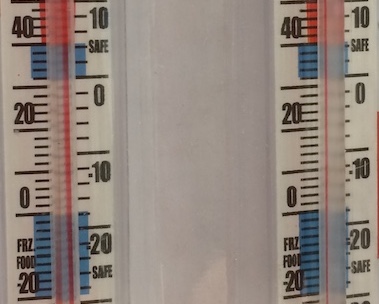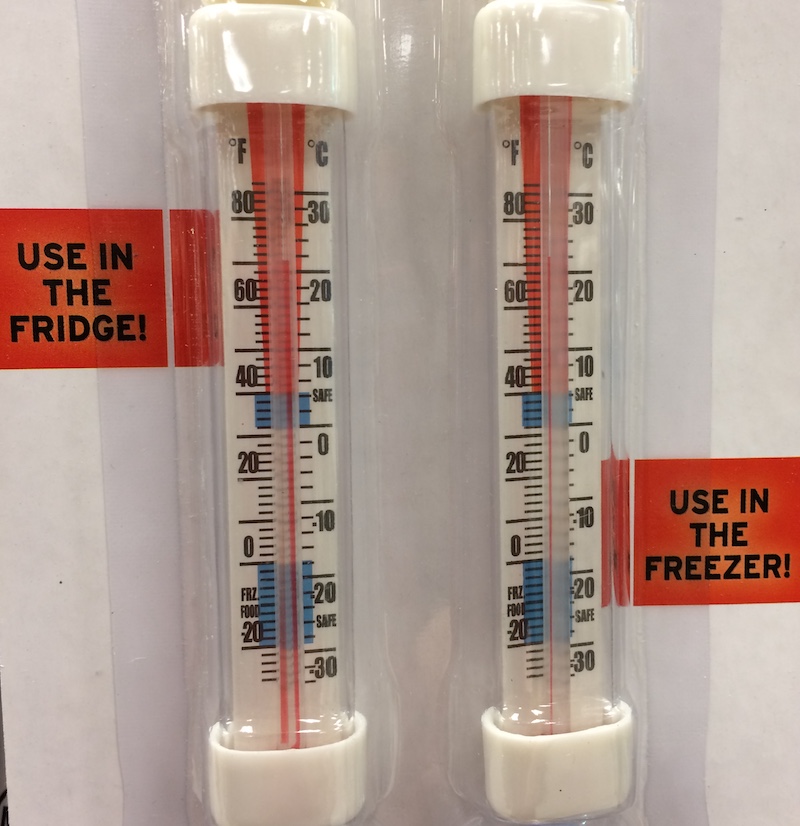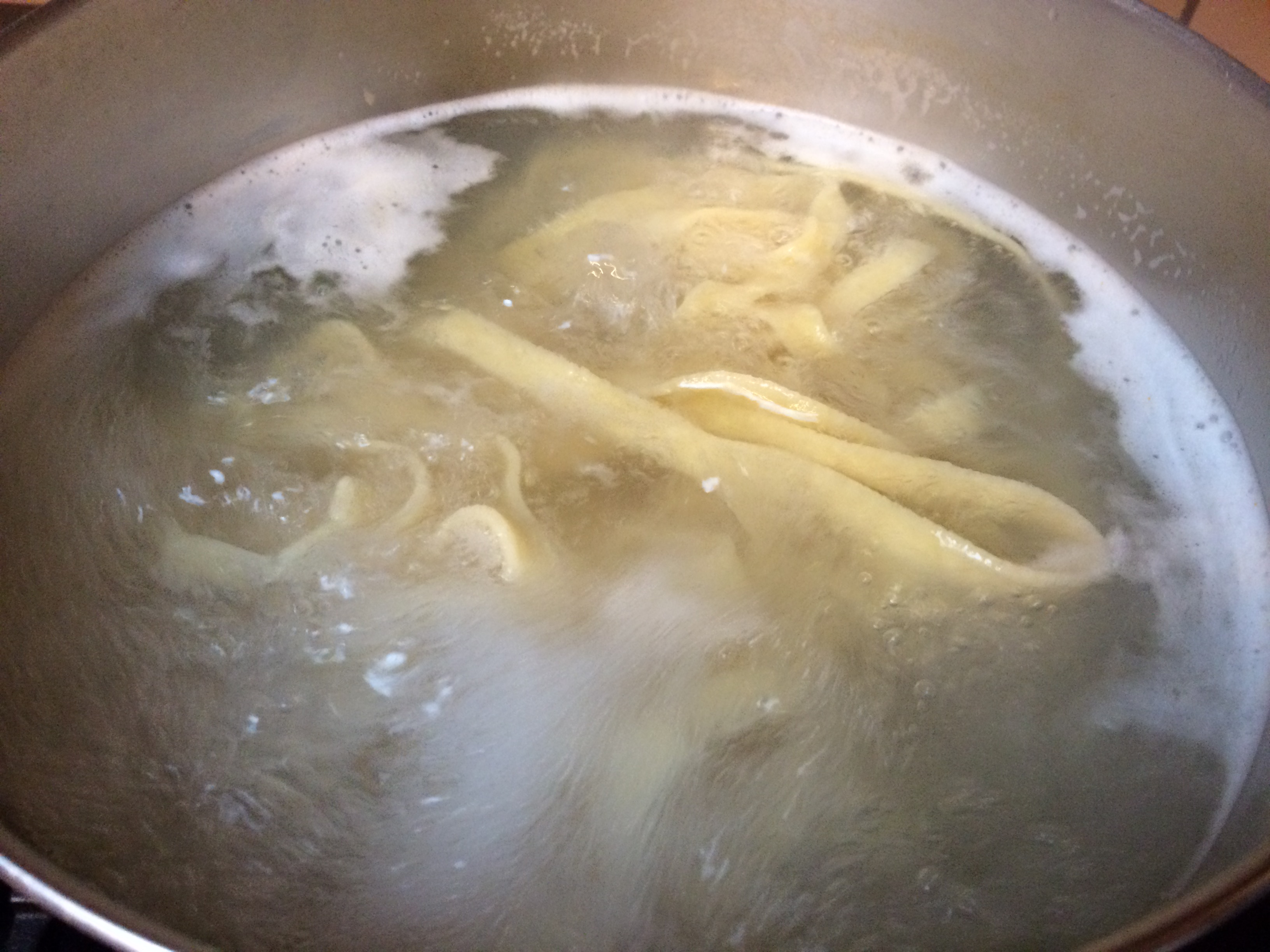Ideal Fridge Temperature
Question:
What is the ideal fridge temperature?
What is
the ideal freezer temperature?
Answer:
The ideal fridge temperature acceptable range is considered to be 32°F – 40°F, with most foods thriving best right around 37°F (2.8°C). You’re hugging the danger zone if your refrigerator temperature edges above 40°F (4°C) and you’re heading to the freezing zone if the temperature begins to dip down below 32°F (0°C). That said, the ideal fridge temperature range is most ideally between 36°F and 38°F.

Ideal Fridge Temperature / Ideal Freezer Temp
| Appliance Section | Ideal Temperature in Fahrenheit | Ideal Temperature in Celcius | Acceptable Range |
|---|---|---|---|
| Refrigerator | 37°F | 2.8 °C | 32°F to 40°F / 0°Ç to 4.4°C |
| Freezer | 0°F | -18°C | 0°F to -20°F / -17.8°C to -27.8°C |
Why is it imperative to keep your refrigerator in
this ideal temperature range?
Although refrigeration slows bacterial growth,
pathogenic bacteria (the kind of bacteria that
exists in nature and causes foodborne illness) grows
far more rapidly at temperatures above 40°F.
Temperatures above 40°F are often referred to, when
speaking about foods, as the “danger zone“.[1].
Ideal Fridge Temperature
Additional Information About Refrigerators and Ideal Temperatures
Most modern refrigerators have a display showing the internal temperature. If yours does not, or if you think the thermostat may be broken, a refrigerator thermometer placed inside can be very helpful.
It is best to hang a thermometer from the shelf in the center of your fridge for the most accurate reading. The coldest parts of the fridge are in the back (near the cooling elements) and on the bottom shelf (because heat rises). Place items that could use the extra cold, for instance fresh meats, in these areas of your refrigerator. The warmest parts of the fridge are on the top shelf (again because heat rises) and even warmer is the door (because it is furthest from the cooling elements) and the fact that the door generally opens frequently, allowing cold to escape and warm air to enter. Place things like condiments and butter on the door, but not sensitive items like milk and eggs where their shelf life would decrease due to the frequent variances in temperature.
But, be sure to only store fruits and vegetables in this drawer if you raise the temperature to these levels.
Basically, the humidity setting opens or closes a hole for the ethylene gas to escape. So, a low humidity setting is good to keep most fruits from ripening too soon and a high humidity setting will keep lettuce and other leafy vegetables moist so that they will not wilt as quickly.
A full fridge holds the temperature better, thus is more energy efficient during heavy exercise cycles of opening/closing/opening/closing. A full fridge is a happy fridge, just be careful not to pack your fridge so full that the air can’t circulate around your foods – like it was designed to do!
If you don’t have a full freezer, then try adding in some water bottles. Simply fill empty water bottles with tap water and add them to the freezer. They can later be used to pack your cooler for a picnic or keep your lunch cold, once you bring home more food to place into the freezer.
Therefore, if your freezer isn’t cold enough then your fridge is also in danger of becoming too warm. If your fridge gets too warm, then try setting the freezer colder and if you have a humidity setting then turn the humidity to high.
This causes it to work harder and thus use more energy.











